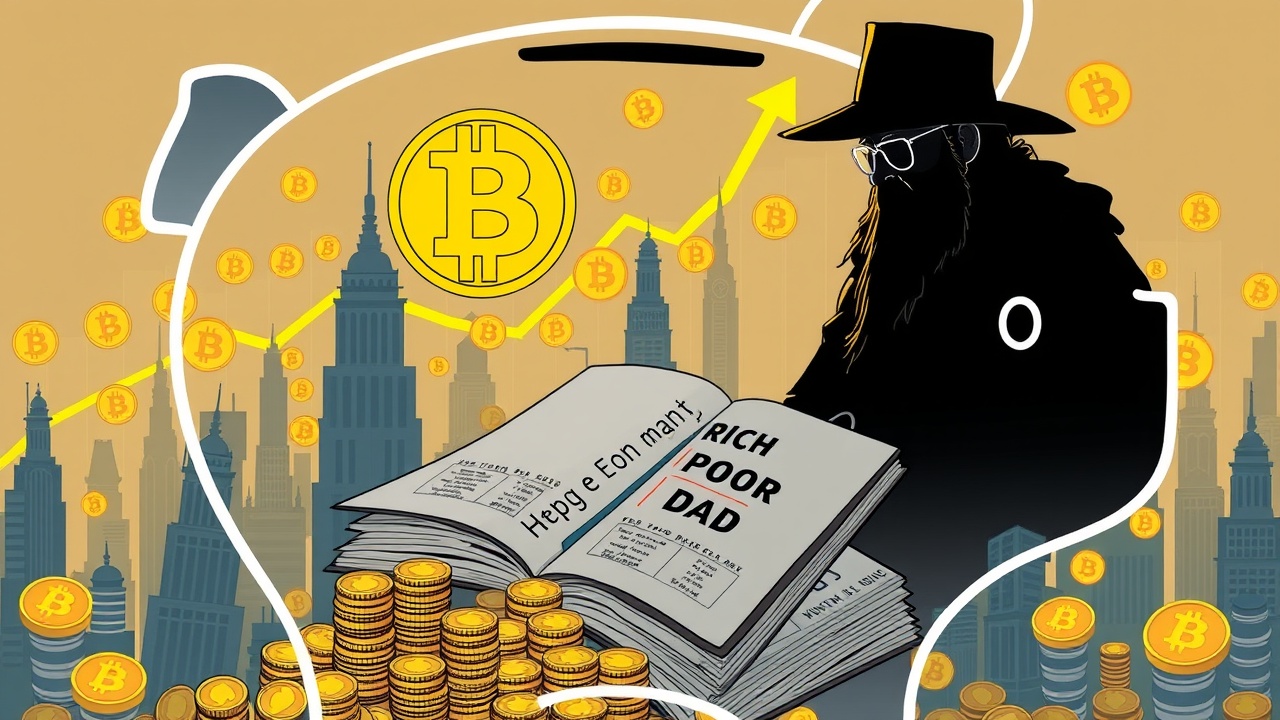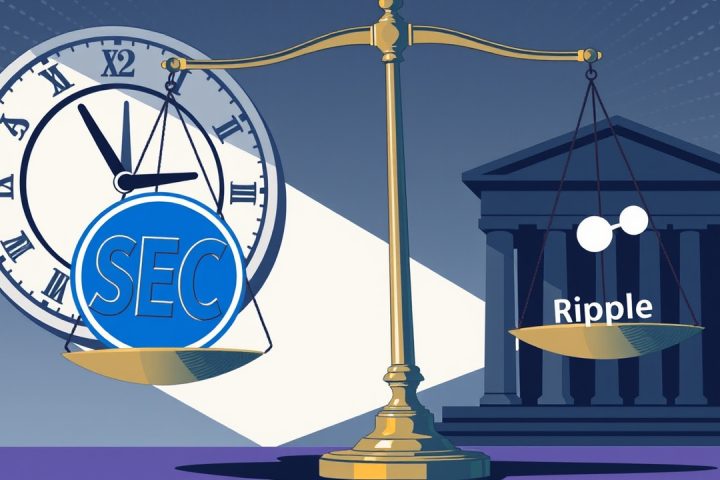Robert Kiyosaki and His Accidental Bitcoin Investment
Robert Kiyosaki, renowned for his financial advice in the book “Rich Dad Poor Dad,” has enjoyed considerable success as an accidental Bitcoin investor. Initially focused on advocating for real estate and gold investments, Kiyosaki’s foray into cryptocurrency was largely unplanned and spurred by his admiration for the innovative framework set by Bitcoin’s pseudonymous creator, Satoshi Nakamoto.
The Appeal of Bitcoin
Interestingly, Kiyosaki often refers to Bitcoin as a remarkable asset due to its design, which allows for a relatively hands-off investment approach. The financial strategist highlighted that he made money with Bitcoin without the headaches of managing mortgages or tenants; it was merely a matter of investing and leaving the asset to appreciate on its own.
“Set it and forget it,” he stated, explaining how he inadvertently amassed millions as Bitcoin gained value over time.
This statement reflects a broader sentiment in the current economic landscape, where many investors are exploring alternative assets amidst rising inflation and uncertain central bank policies. While the price of Bitcoin has experienced fluctuations, it remains a subject of intense discussion and division across financial circles.
Patience and Long-Term Strategy
Kiyosaki’s timeline for his investments remains private; however, he emphasizes that patience and a long-term approach were key to his success, rather than attempting to predict market movements. The ongoing debate within financial institutions about Bitcoin’s volatility and future regulation contrasts with Kiyosaki’s conviction that the cryptocurrency’s consistent performance over the years demonstrates its resilience.
For him, the crux of the matter is not just in price changes, but also in the freedom from active involvement that Bitcoin offers: a stark contrast to the challenges of traditional property investments. In Kiyosaki’s experience, the allure of Bitcoin is predicated not just on its profitability but also on the ease of management, emphasizing a less hands-on strategy for achieving financial growth.




